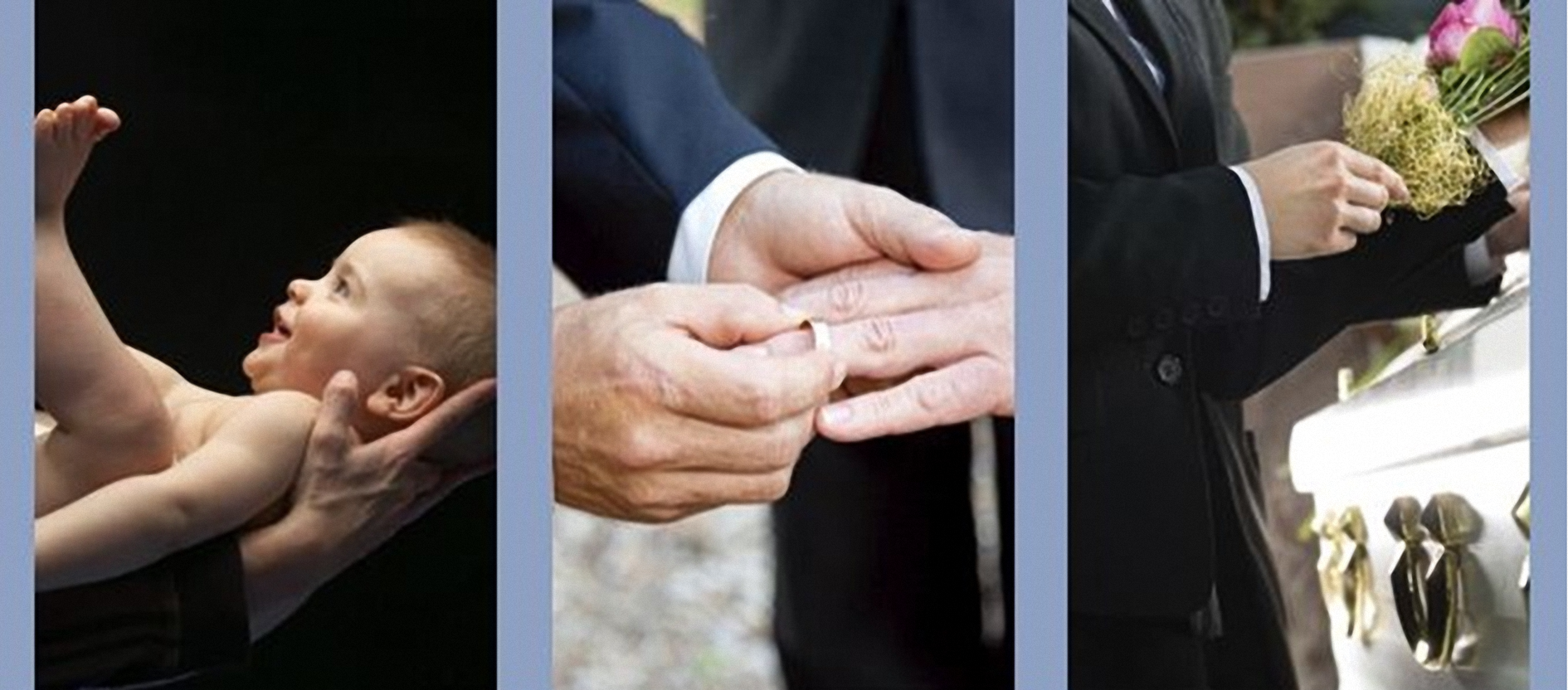By Fiona Fitzsimons
Civil records are the easiest of all records to find and to interpret. They document 180 years of social change in Ireland. Civil registration grew out of Ireland’s public health system. The state used the Poor Law Unions (PLUs) as Registrar’s Districts. In 1845 registration of non-Catholic marriages was introduced. The cleric or registrar celebrating a marriage was responsible for registering it. After 1851 the state redrew PLU boundaries, dividing them into Dispensary Districts to reflect demographic changes.
In 1864 full civil registration of births, marriages and deaths was introduced. The Dispensary Districts were used as Registrar’s Districts (RDs). The local dispensary doctor became the local registrar of births, to encourage take-up of vaccination. The person responsible for registration for a birth was the parent(s) and for a death it was the nearest relative attending, or the occupier of the house where the birth or death took place. The ‘occupier’ in a hospital or institutional setting was the medical officer. There were fines for late registration, but qualified informants could register for up to twelve months. After twelve months, registration was only possible with the Registrar General’s written permission.
Registration was a three-step process. The informant registered locally in the Dispensary/Registrar’s District, which forwarded certified copies of all records to the relevant PLU, known for registration purposes as the Superintendent Registrar’s District (SRD). The SRDs kept births, deaths and marriages as records of their office, and made indexes of register books in their catchment area. Every quarter, they forwarded certified copies of all records to the General Registrar Office (GRO) HQ in Dublin. All vital records were kept as records of the office, and a national index was prepared from the district returns.
In 1922 partition created two jurisdictions on the island, each with its own institutions. Both kept annual volumes of births, marriages and deaths. The bound volumes also contain other registers:
- Late Registrations (after twelve months). A separate volume was bound at the back of the annual volume, in the relevant year.
- Marine Register. Births, marriages and deaths at sea, 1886–1922.
- Army Births, Marriages and Deaths (Ireland). Births 1888–1930; marriages and deaths 1888–1931.
- Boer War Deaths, 1899–1902. Bound in the 1902 volume.
- First World War Deaths. Irish deaths in the war were under-reported. (See Kindred Lines, HI 4, July/Aug. 2014.)
The GRO has other registers bound separately:
- Irish subjects registered in a British Consul. Mostly marriages and deaths, 1864–1921.
- Register of Lourdes Marriages, 1950s–1972. In France the couple, not the clergy,were responsible for registering the marriage. The Marriages Act 1972 provided an elegant solution for everyone involved to save face.
- Deaths of Irish Crewmen in the Emergency.
- Irish Defence Forces Outside the State. Deaths 1960–89; births 1920–2007.
- Foreign Birth/Death Registers. These records are of births outside the state, where one or both parents were Irish citizens, and deaths of Irish citizens.
- Register of Civil Partnerships. Between 2010 and 2015 a Register of Civil Partnerships recorded same-sex relationships for the first time. After 17 November 2015 same-sex marriages were recorded in the Marriage Register.
Civil records were public records by design, but not all registers are open for public inspection:
- Adopted Children’s Register. Records of all legal adoptions after 1952.
- Register of Still-births, from 1 January 1995. This register was introduced after the successful campaign of renowned genealogist Eileen Ó Duill. Legislation allows for retrospective registration.
The GRO also holds some older records:
- The Marine Register 1865–86.
- The Schulze Marriage registers, 1806–37. Recording 6,500 ‘irregular’ but lawful (See Kindred Lines, HI 28.2, March/April 2022.)
Fiona Fitzsimons is a director of Eneclann, a Trinity campus company, and of findmypast Ireland.

